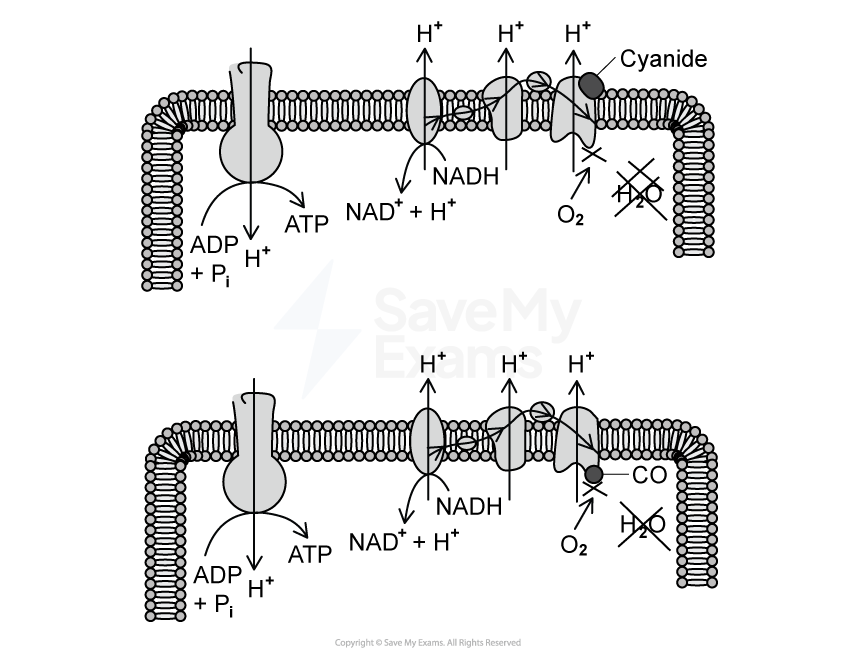Amylase is an enzyme that catalyzes the break-down of starch into maltose.
(i) Describe how an enzyme catalyzes a biochemical reaction.
(ii) Explain why enzyme function is affected by pH changes.
Scientists conducted an experiment to investigate how pH affects the activity of amylase. They measured reaction rates at different pH levels and recorded their findings.
(i) Identify the independent variable in this experiment.
(ii) Justify why the scientists executed the experiment at a controlled temperature of 25 °C.
Salivary amylase is released into the mouth, and pancreatic amylase is released into the small intestine. A neutral pH is characteristic of both the mouth and the small intestines.
(i) Predict how amylase activity would change if the experiment were repeated at an extremely acidic pH (e.g. pH 2).
(ii) Explain why this change in activity occurs at low pH levels.
(i) Describe a modification to the experiment that could test the effect of temperature on amylase activity.
(ii) Justify how this modification would provide valid experimental results.
Did this page help you?






